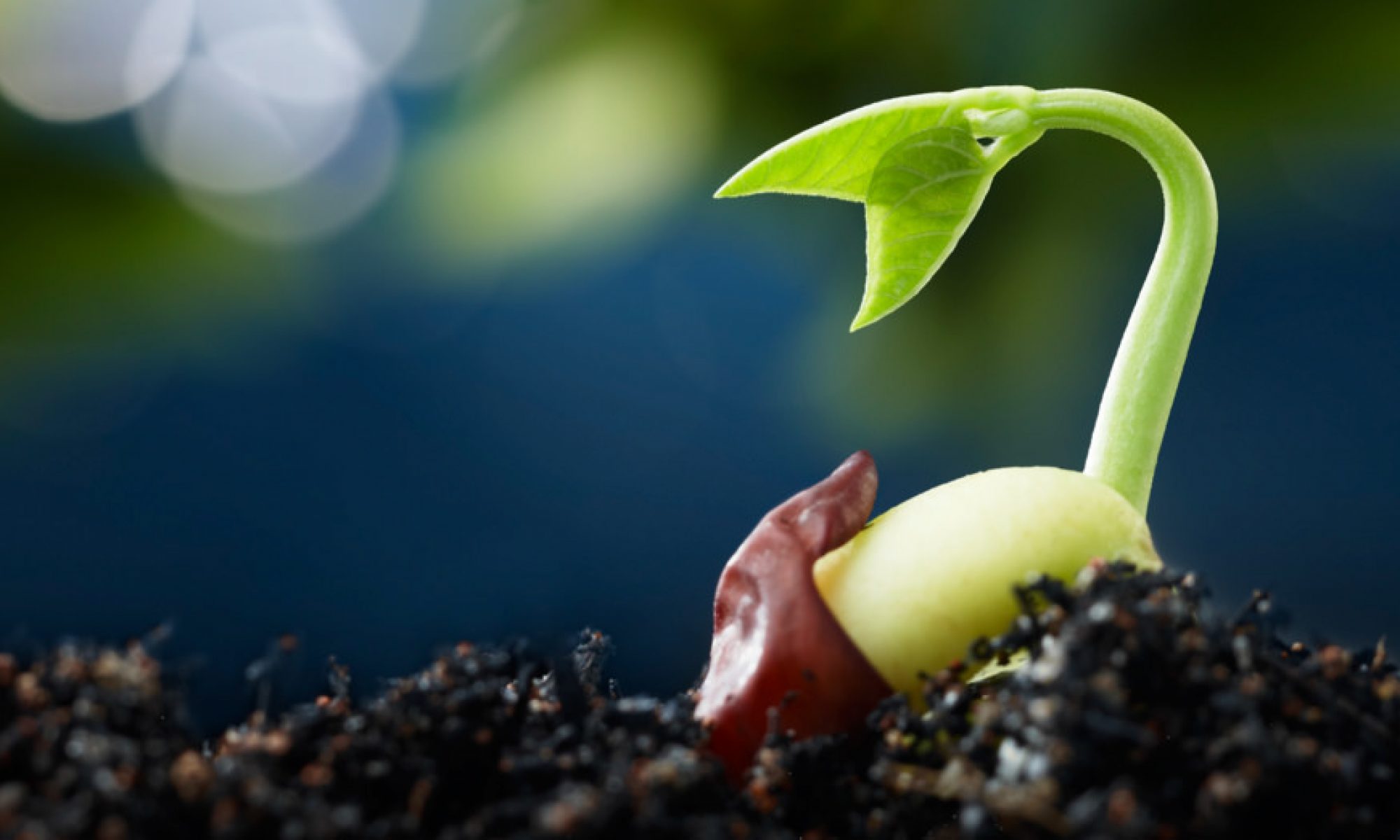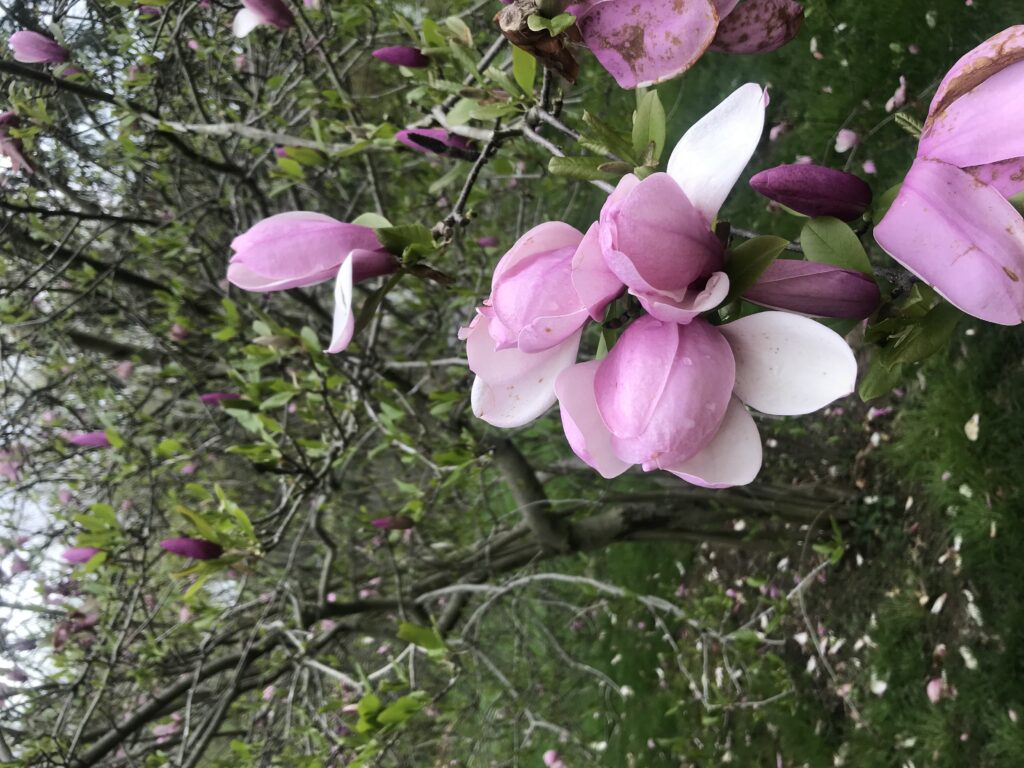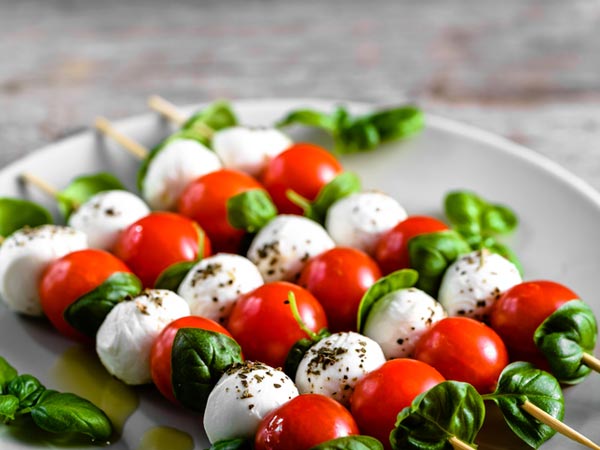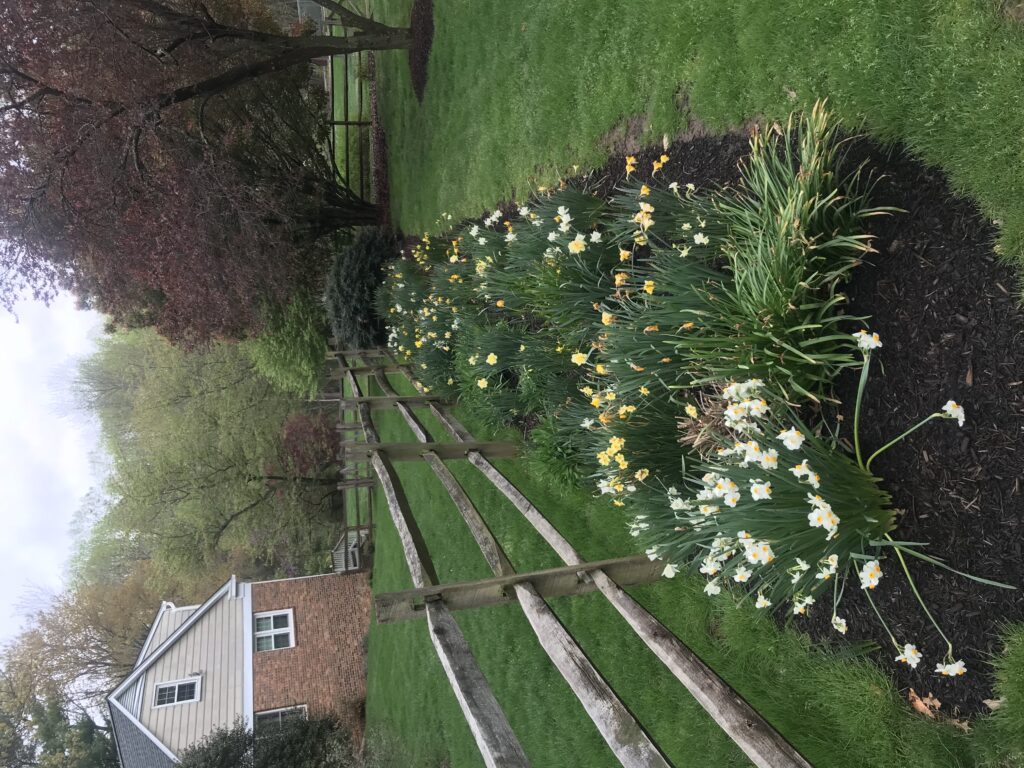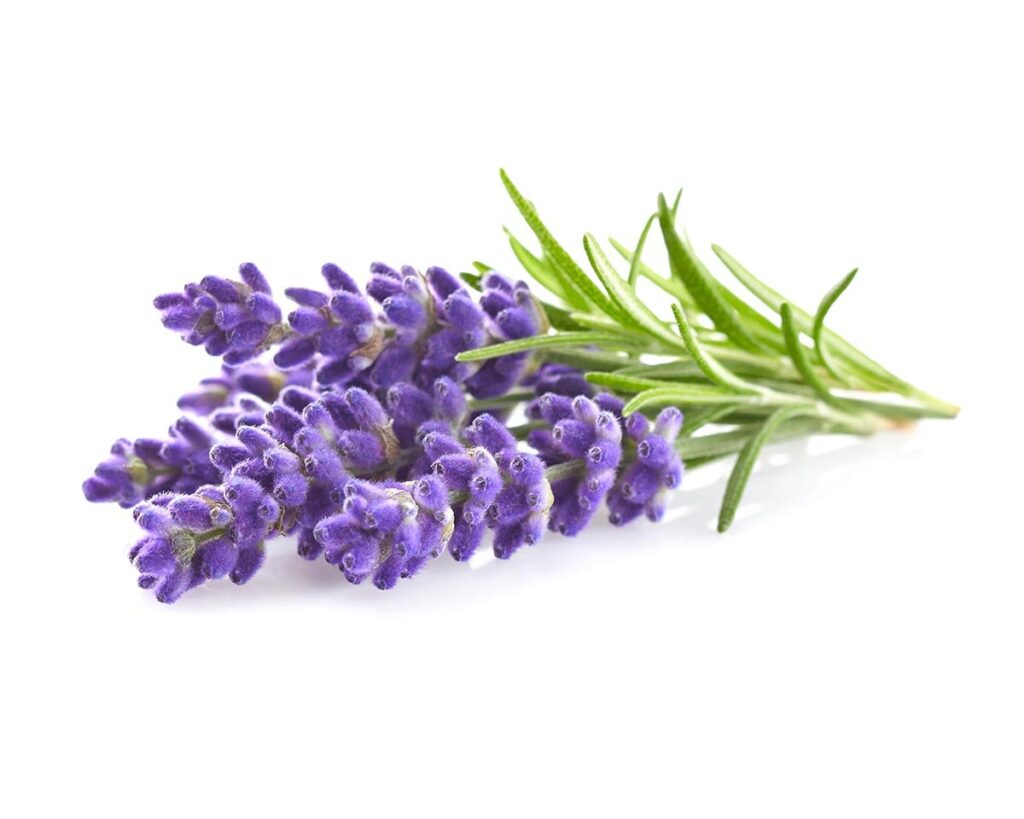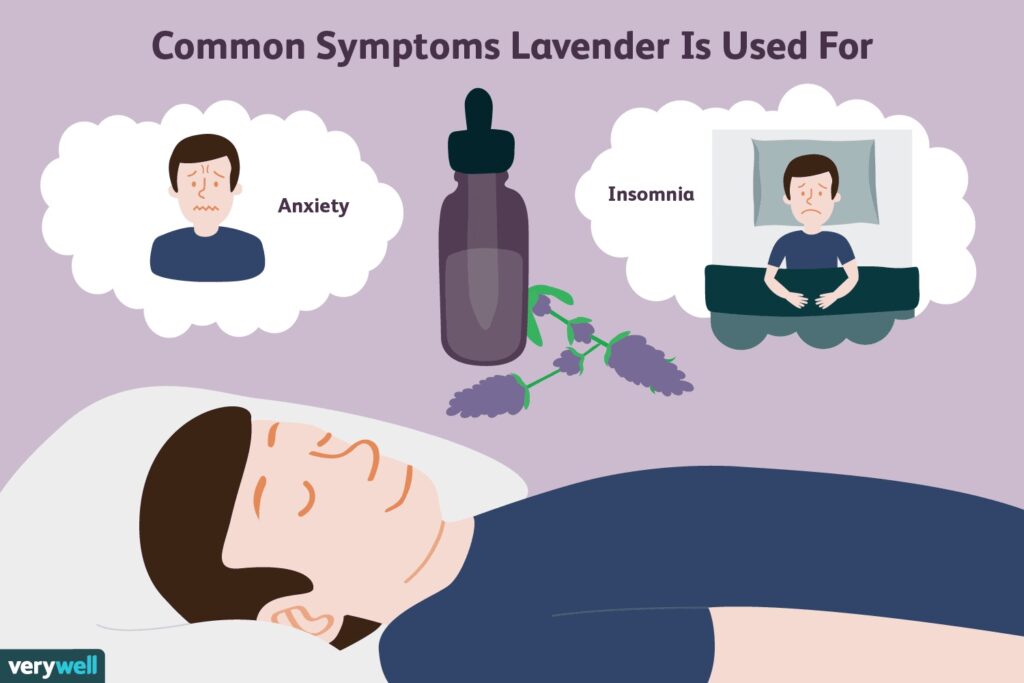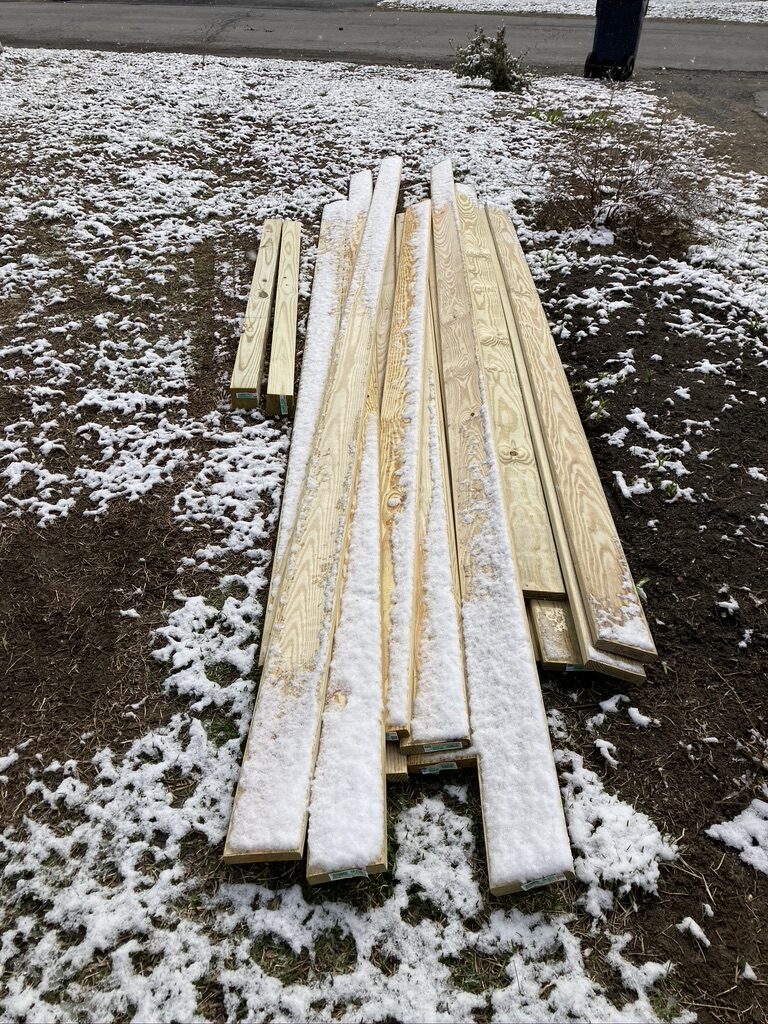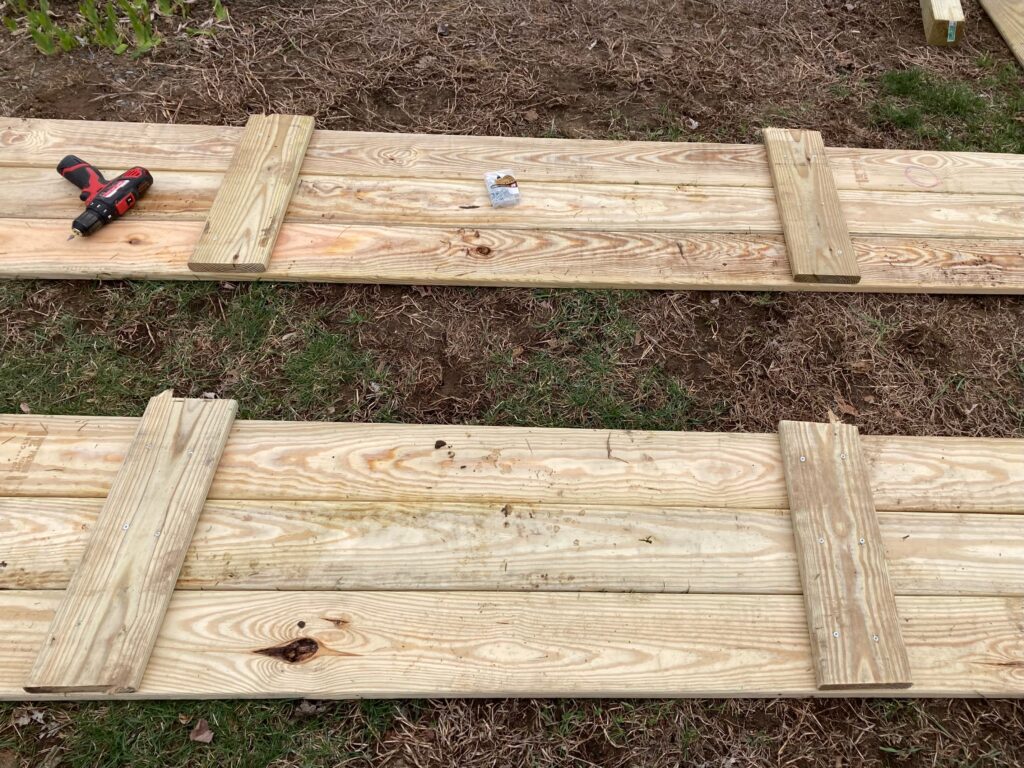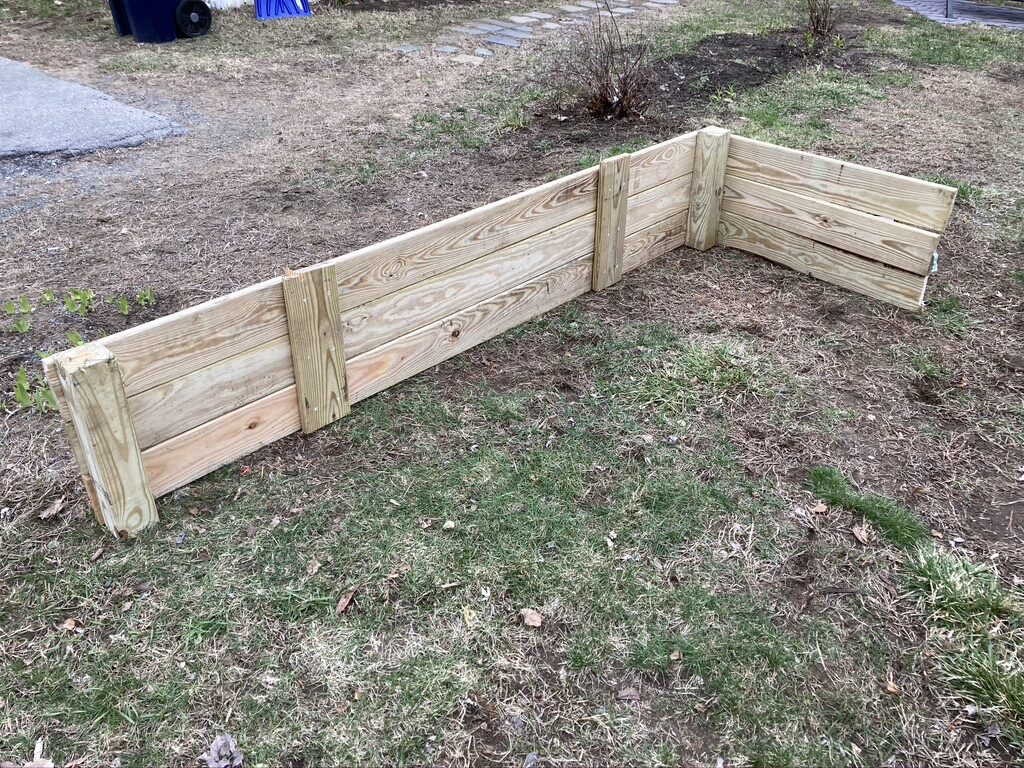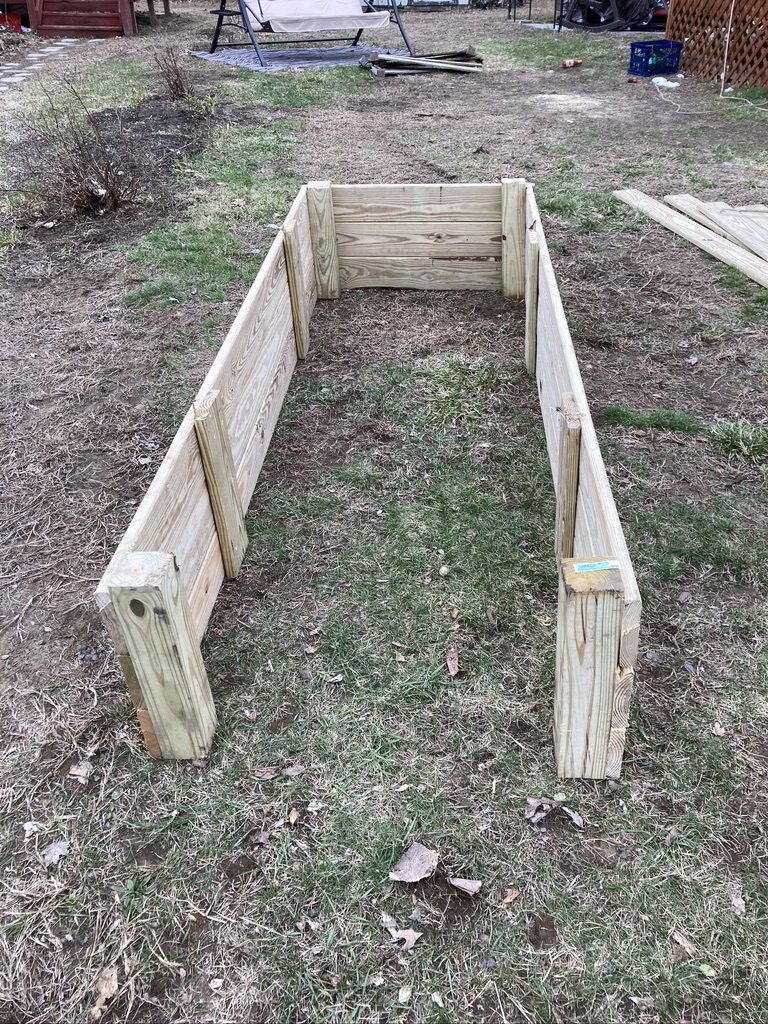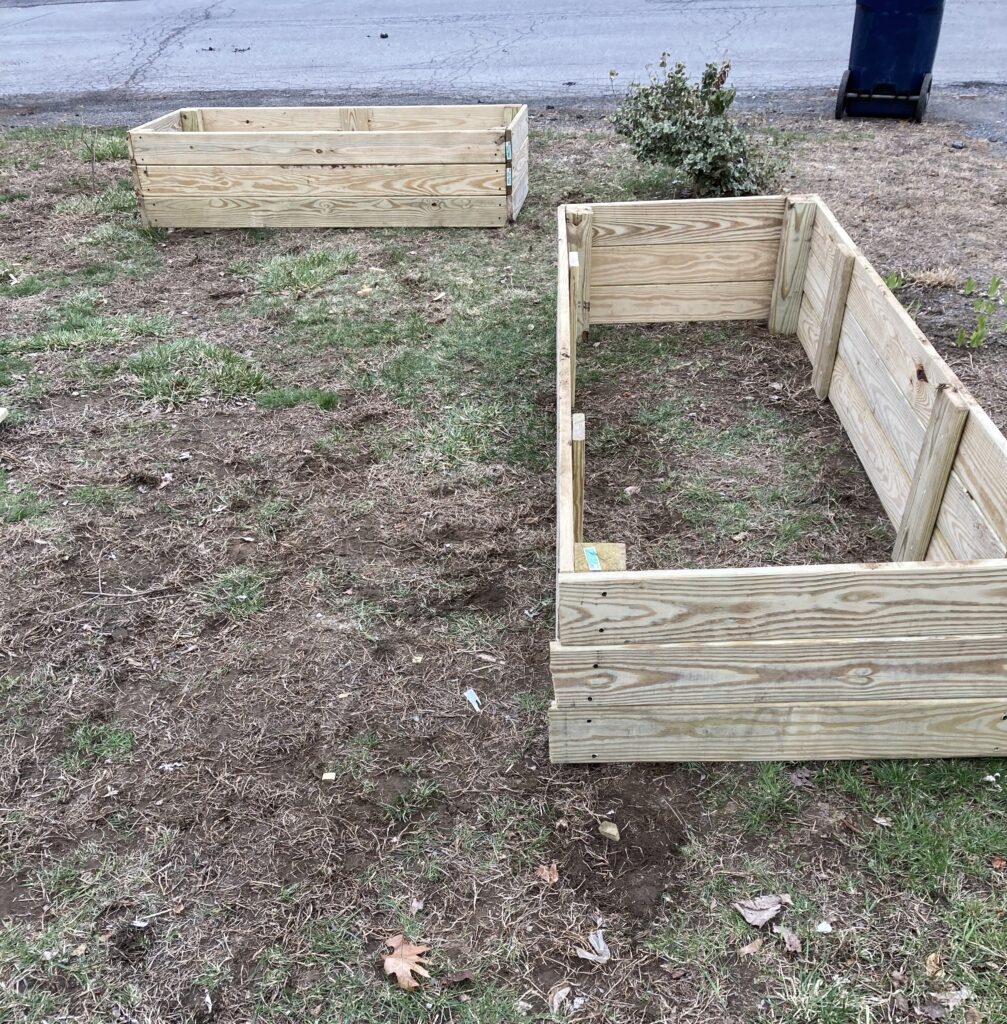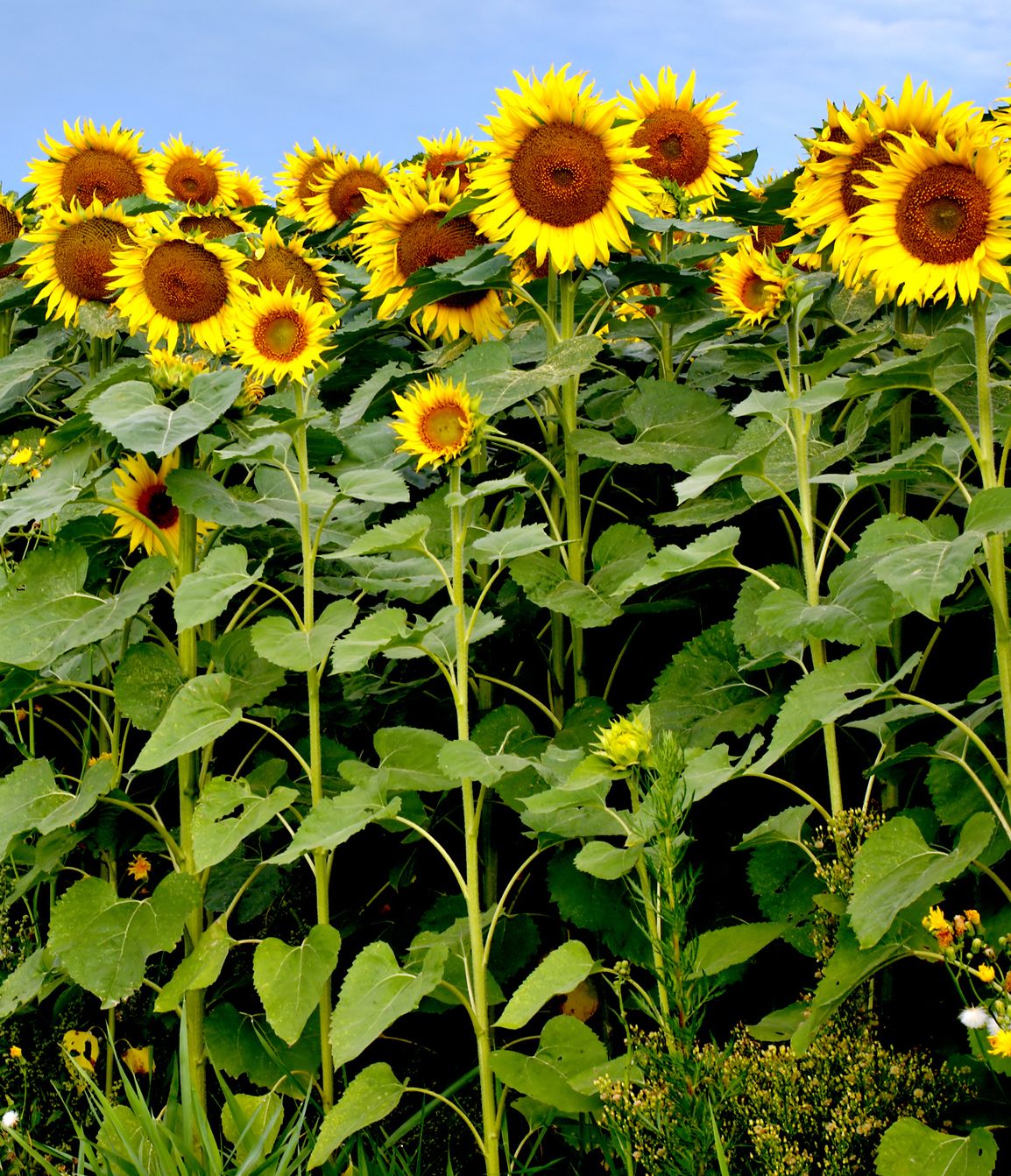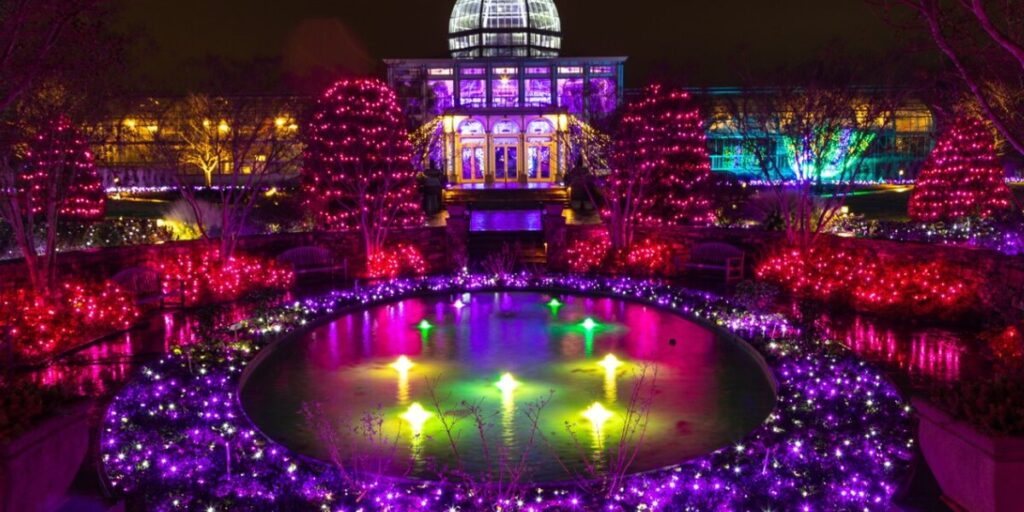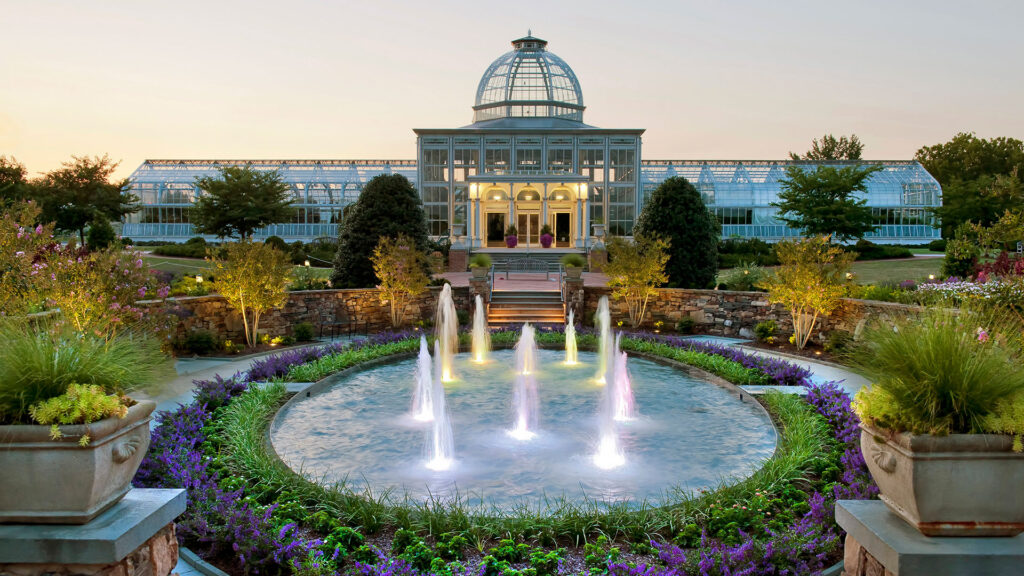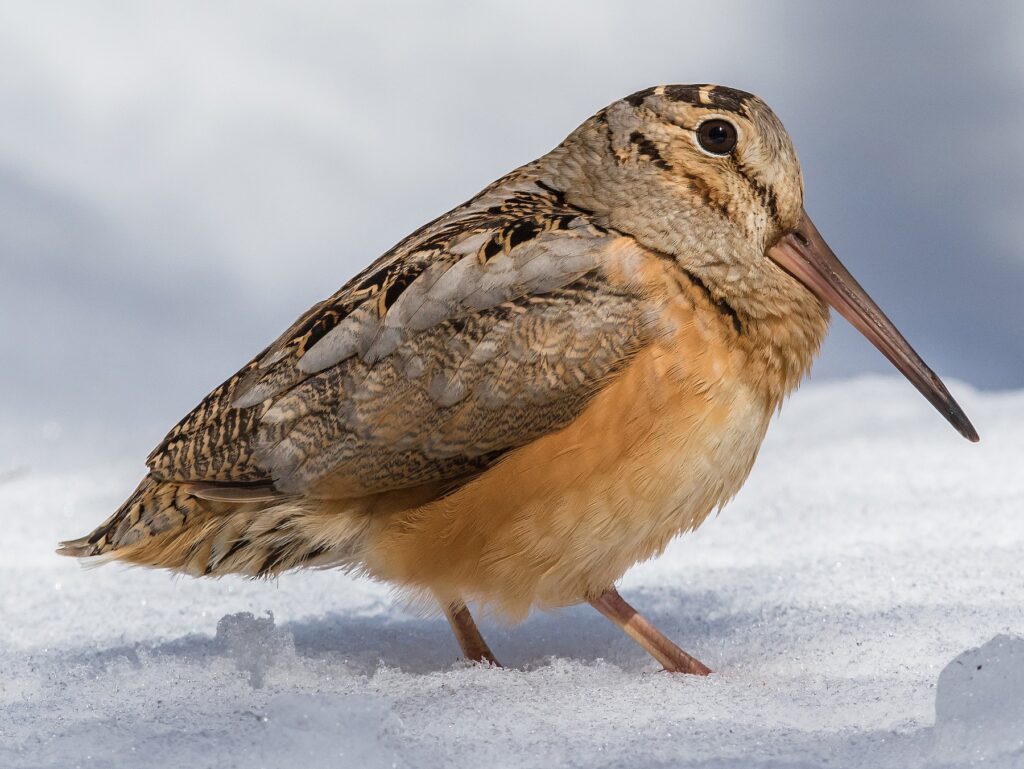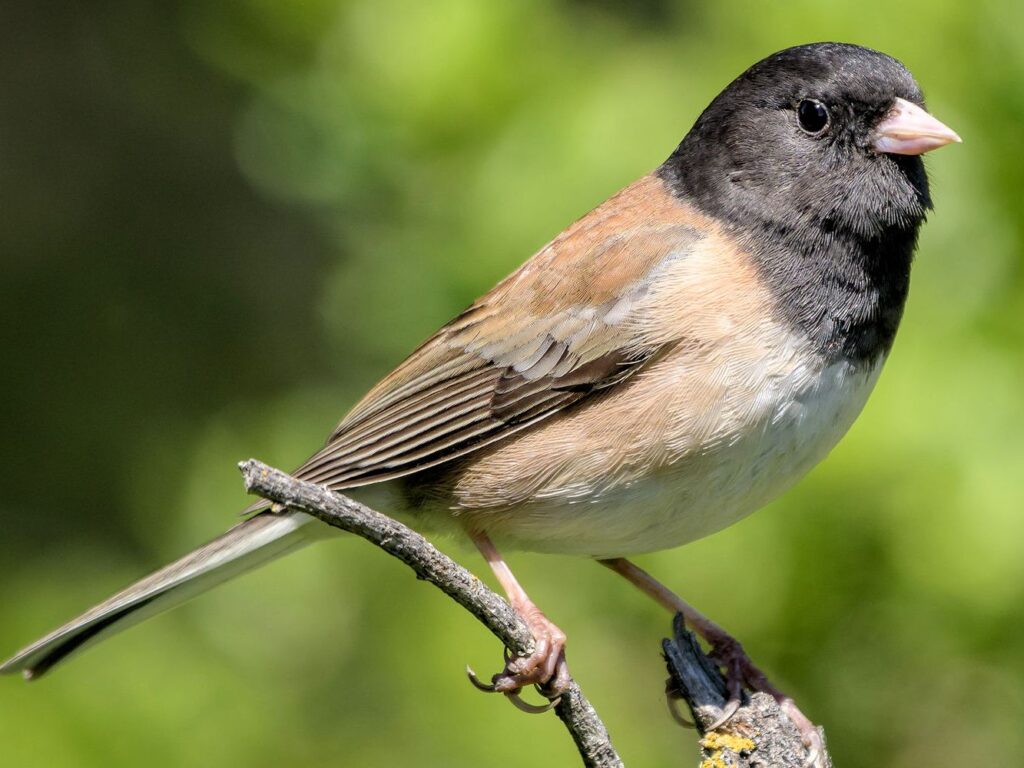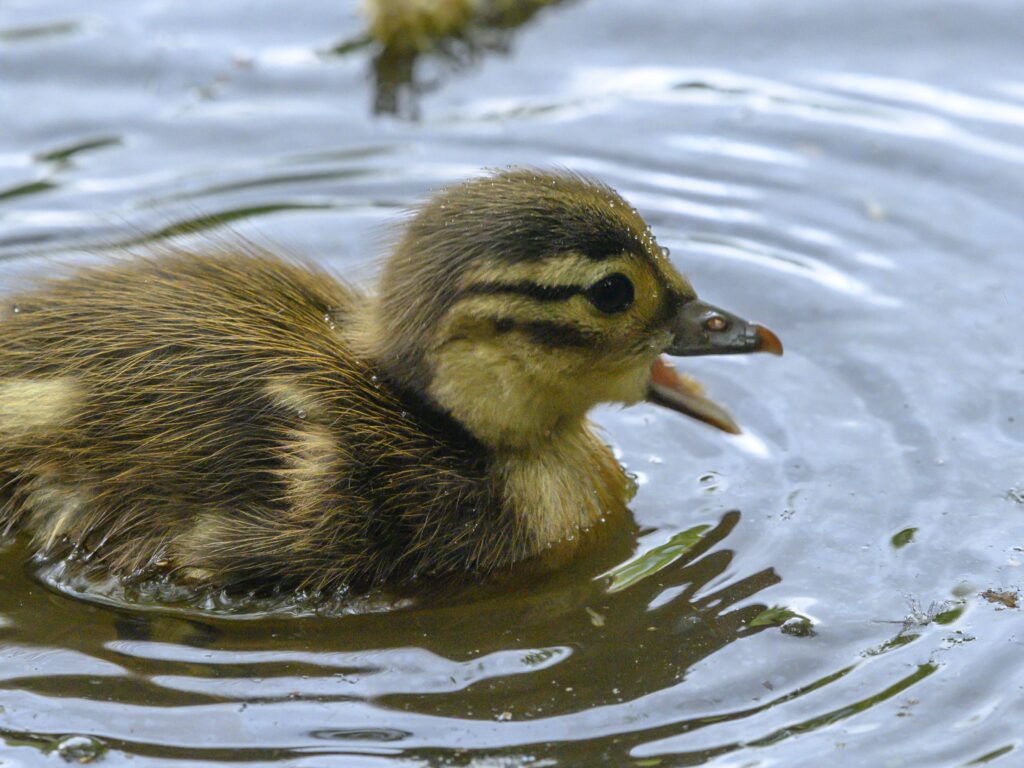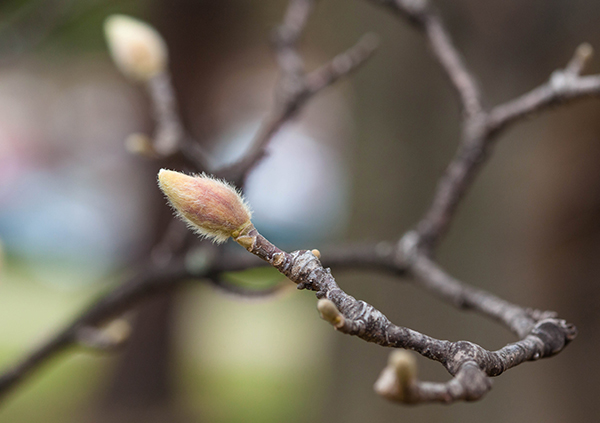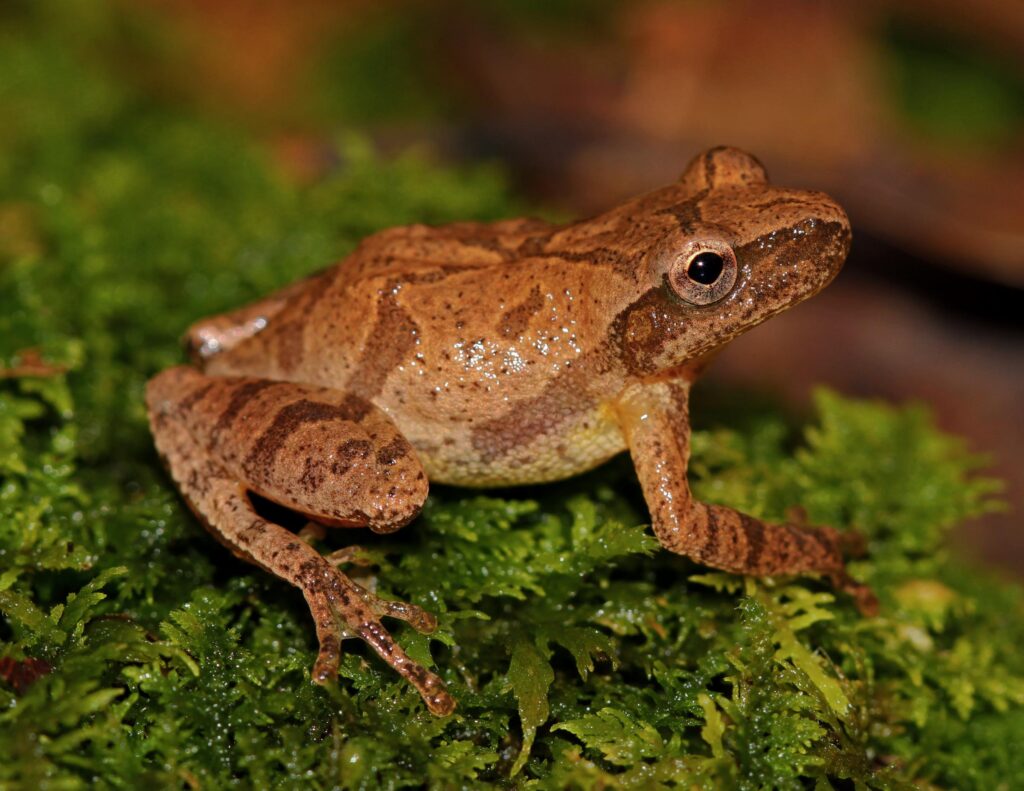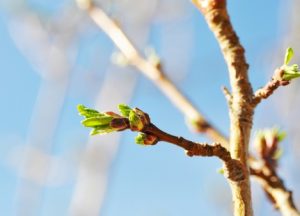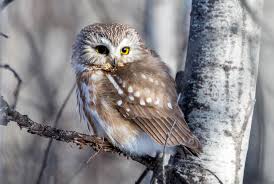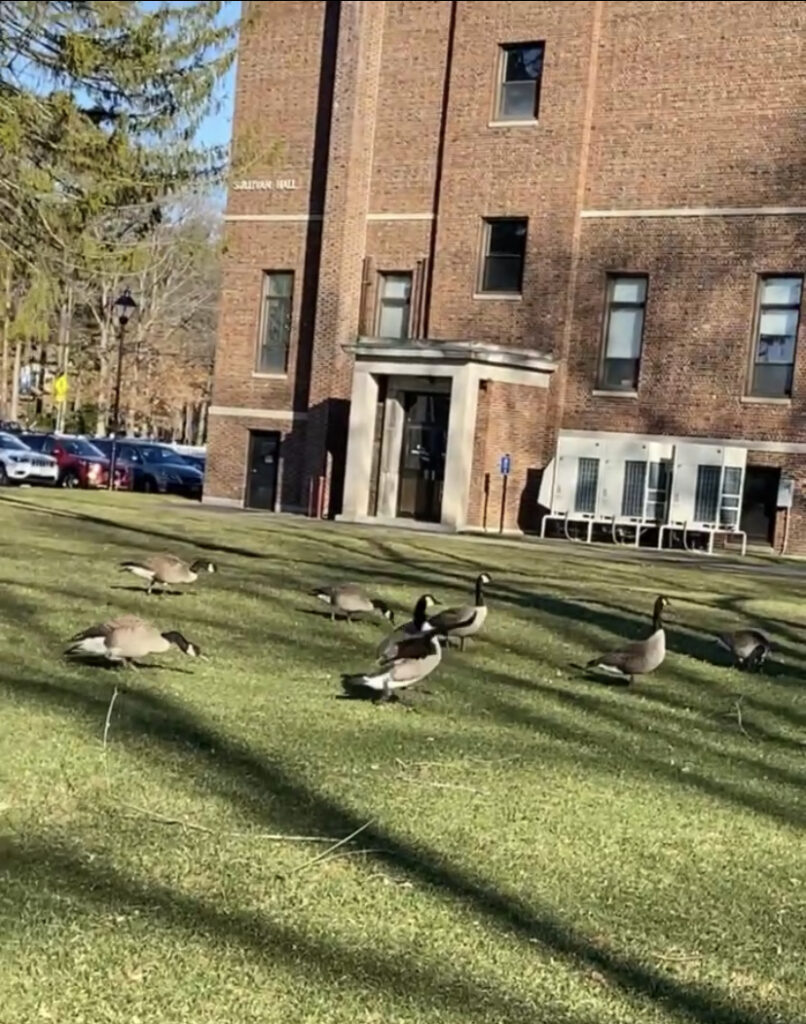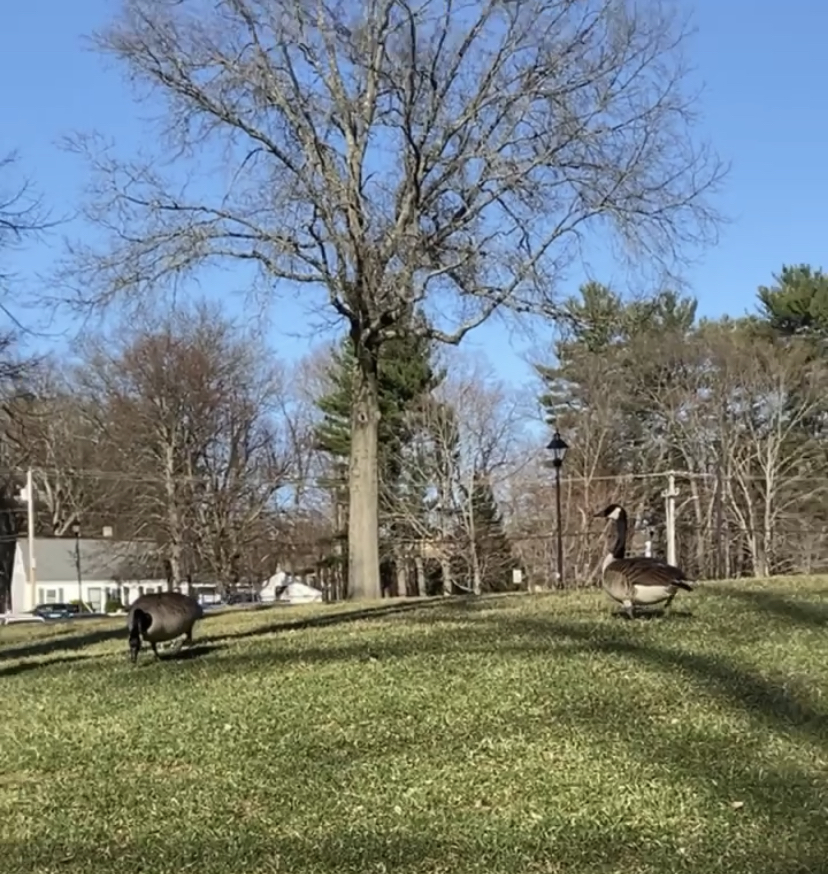The Umbrella Academy, one of Netflix’s original hit television shows, is coming under fire as being antisemitic due to the language that the villain of the series speaks. By having “The Handler,” played by Kate Walsh, speak Yiddish, many people in the Jewish community feel attacked by the choice of language. Walsh has also starred as Dr. Addison Montgomery in both “Grey’s Anatomy” and the spin-off series “Private Practice,” where her character was the main focus during its run. Even though Walsh’s character also speaks Mandarin and Swedish, it is interesting that there is a big outcry when Yiddish is not the sole language spoken by Walsh.
Due to this dilemma and concerns of the viewers, The Umbrella Academy’s co-creator created a response to the situation. The response can be found here. The co-creator Steve Blackman is upset that viewers have been calling The Umbrella Academy antisemitic as it is hurtful and factually incorrect. Blackman, who is Jewish, wrote the episode where Walsh’s character spoke the Yiddish language and is backing up the claim that “The Handler” was not created as an antisemitic character and that viewers have misconstrued the intention of having her speak the language.

Many viewers see the organization “The Handler” works for as “evil,” and that was not the intention of the creators. “The Commission”, the name of the organization “The Handler” works for on the television show does not control the media or governments; it is their job to protect the timeline of the fictional universe.
After reading the response of Blackman and knowing that “The Handler” speaks all languages and not just one here and there, it seems that this outcry could be an overreaction to a fictional television series. It seems that Blackman, who is also Jewish, would not want to harm those that share his religion in any way. Once Blackman explained that “The Handler,” speaks all languages, not just Yiddish, Swedish, Mandarin, or English, I wonder if the public will see “The Handler” speaking all different languages in future episodes to put this problem to rest and appease the Jewish viewers of the show. Watching the show, I did not remember that the character was speaking Yiddish, and as for me, it was just a language that I knew I had to read the subtitles for, as I do for all foreign languages showcased, such as Swedish and Mandarin.

The error that was made in this scenario was using the language in the first place. People today seem to get offended by everything in every possible way. There are many things that cannot fly or get past sensors, which could have easily been played on shows in the past. Blackman is trying to ease the tensions that came up with this situation, and I think viewers will see a change when season 3 comes out in early 2022. In this case, the choice Blackman makes on how to respond and fix the issue can end up being a decision of having a duty to self, a duty to his company, and a duty to the community. By explaining his decision and the reasoning behind the character, I hope that the public will understand why the show made the choices it did when choosing languages to portray on screen.
Written by: Cara Cahill
